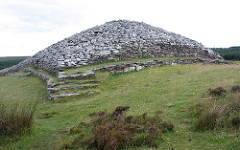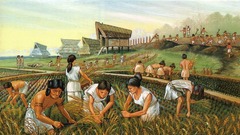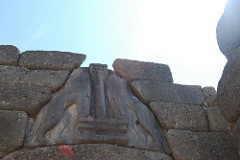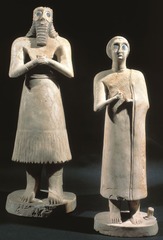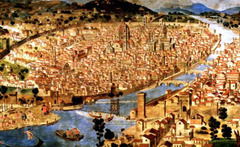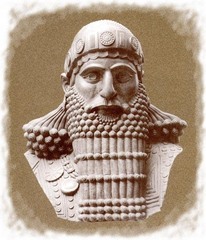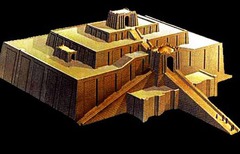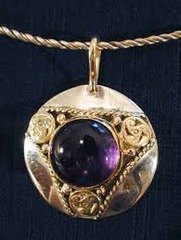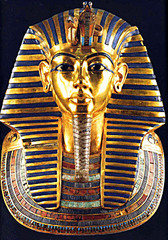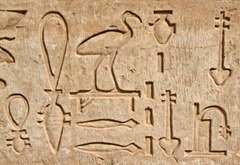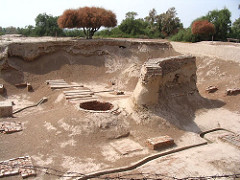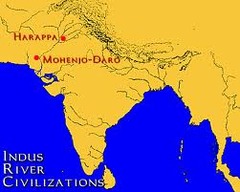culture
Beliefs, customs, and traditions of a specific group of people.
history
The study of past events and changes in the development, transmission, and transformation of cultural practices.
Stone Age
(subdivided into Paleolithic—a span beginning more than a million years ago in which several Homo species used crude rock tools; Mesolithic—about 12000 to 7000 years ago; Neolithic—7000 to about 5500); the Bronze Age (5500 to 3200 years ago); and the Iron Age (starting about 3200 years ago).
Paleolithic
(750,000 BCE - 10,000 B.C.E.) Old Stone Age. A period of time in human history characterized by the use of stone tools and the use of hunting and gathering as a food source. (and use of fire)
Neolithic
The period of the Stone Age associated with the ancient Agricultural Revolution. It follows the Paleolithic period.
Forager
People who support themselves by hunting wild animals and gathering wild edible plants and insects.
Agricultural Revolution
Resulted not only in a more reliable food source, but also in a shifting of dependancy and power to males over females, the claiming and defending of land, and the establishment of the first political and religious institutions.
The time when human beings first domesticated plants and animals and no longer relied entirely on hunting and gathering
Magaliths
huge stone used in prehistoric structures
Evidence of ancestor rituals in west and south Europe
Sumerians
2900 B.C.E.- First known civilization, who dominated Southern Mesopotamia, which lay in the river valley of the Tigris and Euphrates, through the end of the 3rd Millennium BCE. Responsible for the creation of irrigation technology, cunieform writing, mathematics, law, and religious conceptions.
People who migrated into Mesopotamia c. 4000 BCE; created first civilization within region; organized area into city-states.
Semitic
Family of related languages long spoken across parts of western Asia and northern Africa. In antiquity these languages include Hebrew, Aramaic, and Phoenician. The most widespread modern member of the Semitic family is Arabic.
City- state
A city and its surrounding lands functioning as an independent political unit
Babylon
The largest and most important city in Mesopotamia. It achieved particular eminence as the capital of the king Hammurabi in the eighteenth century B.C.E. and the Neo-Babylonian king Nebuchadnezzar in the sixth century B.C.E. (p. 29)
Hammurabi
Amorite ruler of Babylon (r. 1792-1750 B.C.E.). He conquered many city-states in southern and northern Mesopotamia and is best known for a code of laws, inscribed on a black stone pillar, illustrating the principles to be used in legal cases.
Scribe
n. a professional copyist of manuscripts and documents, esp in ancient times
Ziggurat
massive pyramidal stepped tower made of mudbricks. It is associated with religious complexes in ancient Mesopotamian cities, but its function is unknown.
Amulet
ornament worn as a charm against evil spirits found in Egypt and Mesopotamia (reveals belief in magic)
Cuneiform
A system of writing in which wedge-shaped symbols represented words or syllables. It originated in Mesopotamia and was used initially for Sumerian and Akkadian but later was adapted to represent other languages of western Asia.
Bronze
An alloy of copper and some tin, more durable than copper. The demand of bronze helped create long-distance networks of trade. The Bronze Age- had different times throughout world.
Pharaoh
A king of ancient Egypt, considered a god as well as a political and military leader.
Ma'at
the Egyptian concept of truth, justice, and cosmic order, represented by a goddess, often portrayed with a feather upon her head
Pyramid
Huge, triangular shaped burial tombs of Egyptian pharaohs built during the Old Kingdom
Thebes
Capital city of Egypt and home of the ruling dynasties during the Middle and New Kingdoms. Amon, patron deity of Thebes, became one of the chief gods of Egypt. Monarchs were buried across the river in the Valley of the Kings. (p. 43)
Hieroglyphics
System of writing in which pictorial symbols represented sounds, syllables, or concepts. Used for official and monumental inscriptions in ancient Egypt.
Memphis
The capital of Old Kingdom Egypt, near the head of the Nile Delta. Early rulers were interred in the nearby pyramids.
Papyrus
A reed that grows along the banks of the Nile River in Egypt. From it was produced a coarse, paperlike writing medium used by the Egyptians and many other peoples in the ancient Mediterranean and Middle East.
Mummy
(esp. in ancient Egypt) a body of a human being or animal that has been ceremonially preserved by removal of the internal organs, treatment with natron and resin, and wrapping in bandages.
Harappa
Site of one of the great cities of the Indus Valley civilization of the third millennium B.C.E. It was located on the northwest frontier of the zone of cultivation , and may have been a center for the acquisition of raw materials.
Mohenjo-Daro
Largest city of the Indus Valley civilization. It was centrally located in the extensive floodplain of the Indus River. Little is known about the political institutions of Indus Valley communities, but the large-scale implies central planning.

